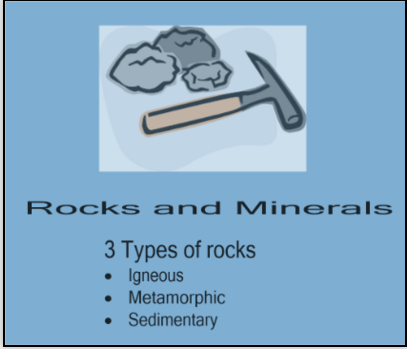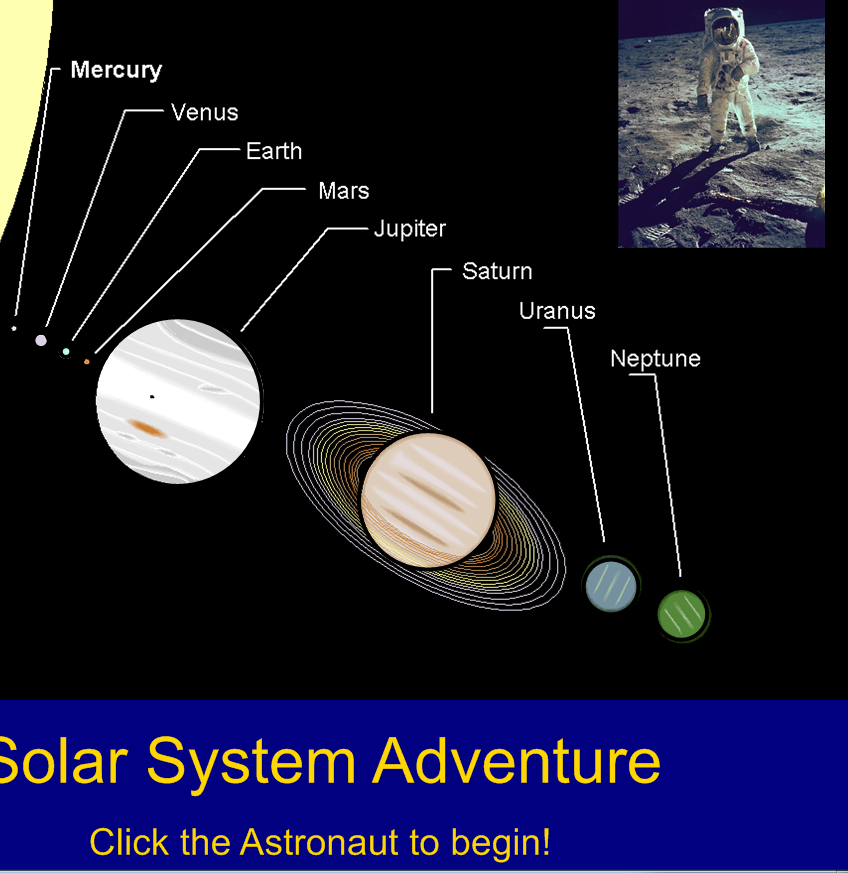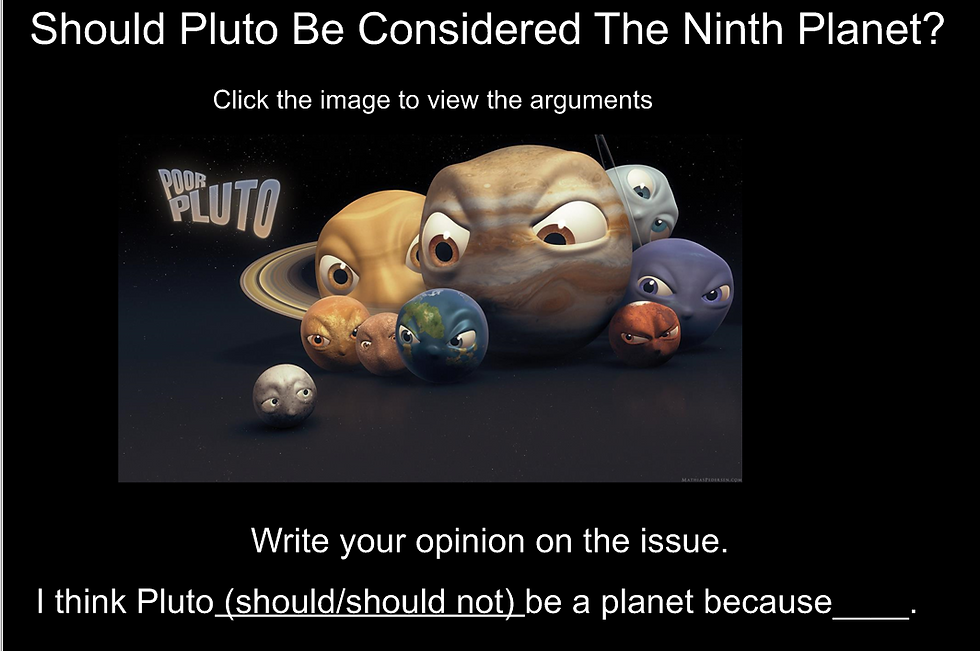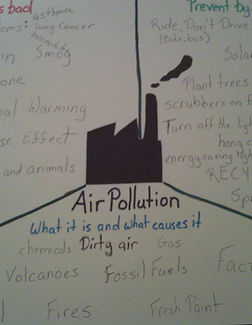
Amanda Maass
SMARTboard Lessons




4.NBT.4 Fluently add and subtract multi-digit whole numbers using the standard algorithm.
Description: This was created to allow AIG 4th graders to practice the standard algorithm with a focus on number sense. The design is based on a SMARTboard version of base 10blocks as the images of the blocks have an infinity cloner on them. The 1st page is for the teacher to demonstrate to students how the page works with each problem after becoming a new level of difficulty. More NBT practice was placed at the end if time allowed. The last page is for teachers to add more practice problems if they desire to.




4.P.2.1 Classify rocks as metamorphic, sedimentary or igneous based on their composition, how they are formed and the processes that create them.
Description: This lesson was created to introduce 4th graders to the vocabulary and structure of the 3 types of rocks. The first page has a link to an activity builder created by Discover Education. Then students will use that information to discuss and complete the triple Venn diagram. If there is time there is a song to help students retain the information learned. The last page has a formative assessment.




3.E.1.1 Recognize that the earth is part of a system called the solar system that includes the sun (a star), planets, and many moons and the earth is the third planet from the sun in our solar system.
21st century skills Learning and Innovation Skills: Critical Thinking and Problem Solving. Information, Media, and Technology Skills: Information Literacy.
Description: The project required that certain interactions be included such as erase to reveal, pull tabs, at least one recorded sound, activity builder, etc. For this project we used OpenQuak to consult with a media coordinator that aided us with our projects.
5.L.2 Understand the interdependence of plants and animals with their ecosystems
5.L.3 Understand why organisms differ from or are similar to their parents based on the characteristics of the organism.
Description: Students will analyze a video clip of how spiders are represented in the media in comparison to real images. Then through a SmartBoard lesson students will be able to contemplate different parts of a spider, explore what they eat via an interactive web, and find out which spiders really are dangerous to humans.
click the image to watch a video demonstration
Teaching & Learning in the Digital Age
In this course, we examined how emerging technologies are transforming our society and schools, as well as the implications these changes have for teaching and learning. Students developed strategies for building students’ critical habits of mind with respect to new technologies and media.
Creating Media
My partner and I decided on the topic of Spiders: The Best Friends You Never Knew You Had. Together we created a curriculm that taught fifth grade evolution and ecosystem concepts using our topic and utilizing technology. The curriculum includes; originally created introduction video, a 3 slide interactive SMARTboard lesson, individual spider home craft, and classroom spider web challenge. Each of these activities also include higher order thinking questions. Please click on the image to be redirected to our blog on this project.
iPad Story
For this project I worked with a classmate. Together we picked grade appropriate vocabulary for third graders and created a story based on the chosen vocabulary words. Using the iPad app Educreate we uploaded our hand drawn images and recorded ourselves reading our story. Please click on the image to the left to hear our story.

Media Analysis Lesson
With a partner we chose to analyze and create a lesson using “How Bad Can I Be” from the movie, The Lorax. The movie and the clip have strong implications toward environmental issues such as air pollution and deforestation. Through media analysis and research students will learn how these issues affect them and the world we live in, in turn their new knowledge will be beneficial to the environment. This will cover content in the 4th Grade science ecosystems (4.L.1.1) and technology sources of information (4.SI.1.1). Please click the paper clip below to view the lesson plan.
CI 3030:
Investigating Mathematics and Learning
Project Description:
On the first day of class the Professor asked that within our table groups we make a concept map about subtraction. That initial concept map was basic with only three branches. The final concept map ended a lot more complex than the initial concept map as my understanding of subtraction concepts expanded. The concept maps were created using the software Inspiration 9.



